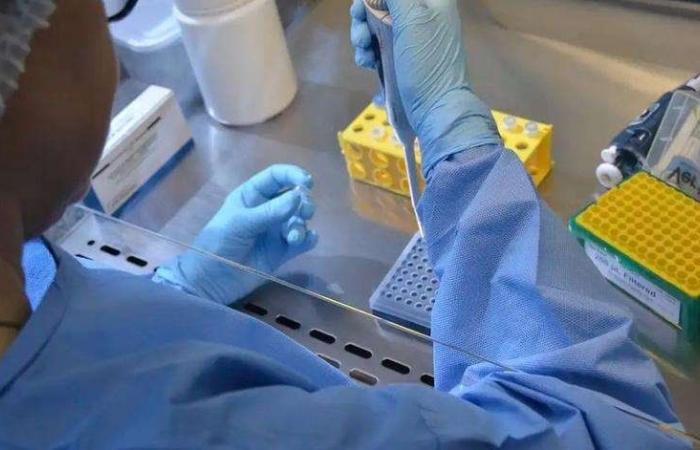The State Department of Health and the Municipal Health Department of Botuverá, in the Médio Vale do Itajaí, confirmed, this Friday (26), the first three cases of Oropouche Fever in the municipality.
The cases presented symptoms between April 10th and 15th, with a picture similar to dengue infection. After collecting samples that proved not to be dengue, samples were sent for diagnosis of oropouche. The people are between 18 and 40 years old and have no history of moving outside the State.
The Health departments stated that they monitor the situation as per guidance from the Ministry of Health in these situations, they stated in a note. The departments will develop a series of complementary actions on site, such as systematizing information on suspected and confirmed cases (movements, symptoms, clinical picture, etc.), collecting vectors for entomological surveys and forwarding samples from other patients for testing by the Central Laboratory of Public Health of Santa Catarina, with the aim of strengthening disease surveillance.
There are also cases of the disease in other states, such as Rio de Janeiro, Acre and Paraná, later this year. In February, a team from the Ministry of Health was sent to Acre to review cases classified as dengue, but which, in fact, were Oropouche fever. In early January, the state declared a public health emergency due to an explosion in dengue cases.
What is Oropouche Fever?
Oropouche Fever is caused by Orthobunyavirus oropoucheense (Orov). The virus was first isolated in Brazil in 1960. Since then, it has been detected mainly in states in the Amazon region. The virus is transmitted by mosquitoes and can circulate in wild and urban environments.
In the wild cycle, animals such as sloths and monkeys are infected. In the urban cycle, human beings are the most infected. The Culicoides paraensis mosquito, known as maruim or sandfly, is identified as the main transmitter of oropouche fever in both wild and urban areas.
In urban areas, the Culex quinquefasciatus mosquito, popularly called mosquito or mosquito, can also occasionally transmit the virus.
How is the diagnosis made?
According to virologist Ana Maria Bispo de Filippis, deputy head of the Arbovirus and Hemorrhagic Virus Laboratory at IOC/Fiocruz, two types of tests can identify the infection. During the acute phase of the disease, which lasts two to seven days after the onset of symptoms, it is possible to detect the genetic material of the Oropouche virus in patients’ serum samples using the RT-PCR technique. From the fifth day after the onset of symptoms, patients begin to present antibodies against the Oropouche virus in their blood, which can be identified by serological tests.
“In this case, the sample was no longer in the acute phase, so the virus genome was not detected by the PCR test. However, serology confirmed the recent infection with the Oropouche virus”, stated Ana Bispo.
Symptoms
The symptoms, very similar to those of dengue, last between two and seven days and include sudden onset fever, severe headache, back and lower back pain and joint pain. There may also be coughing, dizziness, pain behind the eyes, rashes, chills, photophobia, nausea and vomiting.






